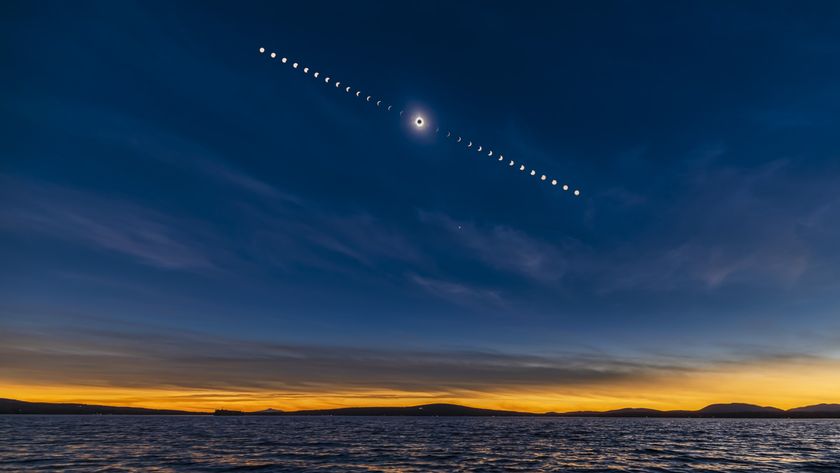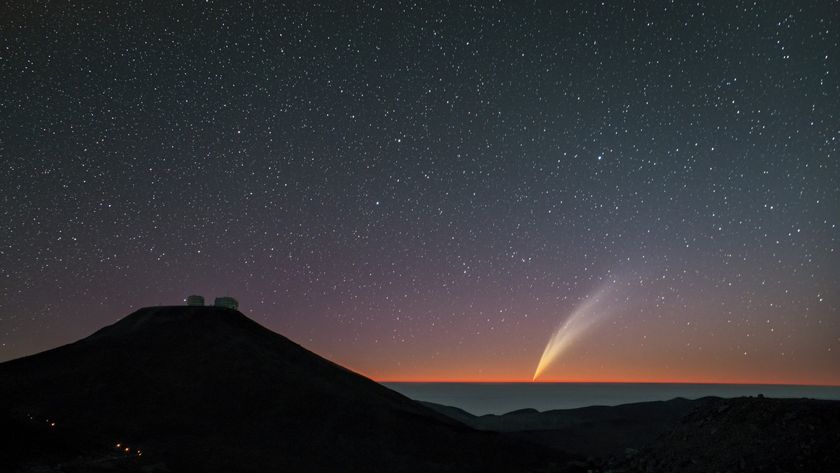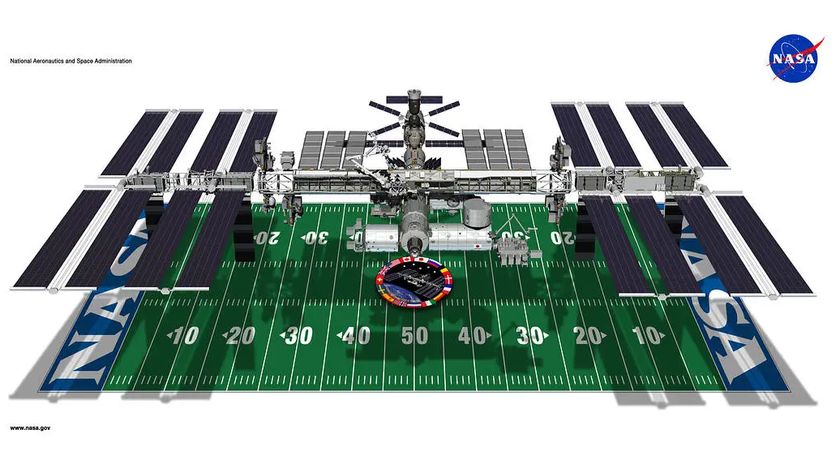Supercharged Perseid Meteor Shower Peaks This Month
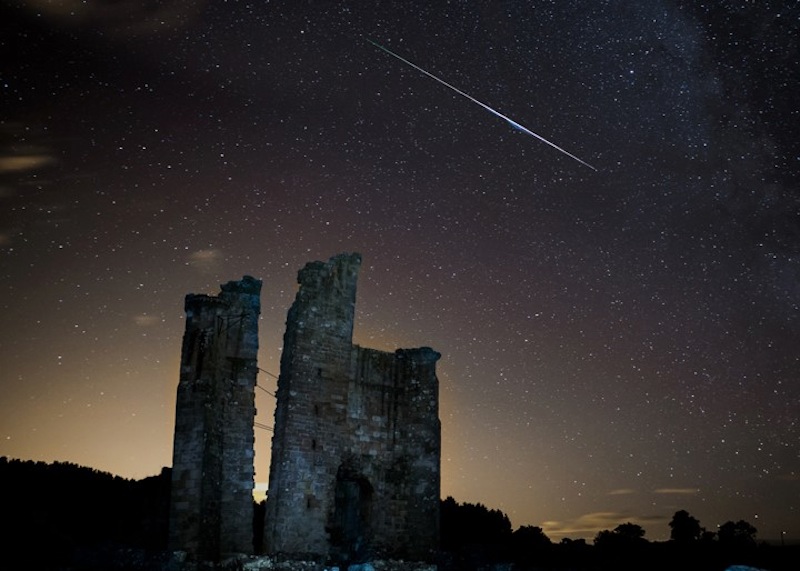
The Perseids are here: The dazzling meteor shower's peak of activity is Aug. 12, but you can already see its streaks of light peppering the sky.
Skywatchers are particularly excited about this year's Perseids. Though the meteor shower is an annual event, the Perseids are in outburst this year. That means that rather than 80 meteors per hour, we might see 150 to 200 per hour, according to NASA meteor expert Bill Cooke.
"Next, we move into the August Perseids, which is perhaps the most popular meteor shower of all," Cooke told Space.com in our summer meteor shower guide. "This year, they will be in what we call 'outburst' — their rates will double, because we're running into more material left behind by Comet Swift-Tuttle." [Perseid Meteor Shower 2016: When & How to See It]
The Perseid meteor shower occurs when Earth moves through the trail of dust and debris left by Comet Swift-Tuttle as it orbits the sun; the debris hits Earth's atmosphere and burns up, creating the white-hot streaks we see in the sky. Most of the pieces of debris, which move at 37 miles per second (59 kilometers per second), are about the size of a grain of sand, NASA has said.
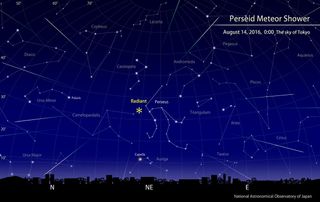
Earth is passing through a particularly dense clump of debris this year — the source of the outburst — caused by the influence of Jupiter's gravity on Swift-Tuttle's trail. The number of meteors is increasing as Earth penetrates the heart of the debris, and it will diminish again once it passes through (after the peak).
The moon will be full six days after the meteor shower's peak, which might wash out the vivid streaks across the sky. So it might be a good idea to look earlier on, before the peak, to see the brightest streaks and fireballs, and to go to the darkest location you can, Cooke said. All of the meteors will appear to stream away from the constellation Perseus — that apparent source is called the shower's radiant — but will materialize all across the sky.
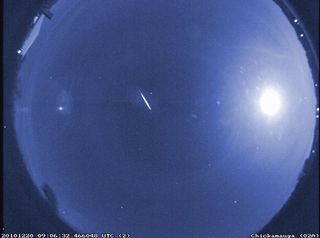
You don't need a telescope to see the meteors. In fact, because telescopes narrow your field of view, it's much easier to watch a meteor shower with the naked eye, just looking up at the entire sky. It will take around 30 minutes in the dark night for your eyes to adjust, and Cooke suggested to plan for a few hours outdoors, taking in the views. The Perseids will appear most clearly in the Northern Hemisphere after 10 p.m. local time, and the meteor rate will increase each night all the way until dawn. (Once the moon sets in the early hours, the conditions will be even better.)
Get the Space.com Newsletter
Breaking space news, the latest updates on rocket launches, skywatching events and more!
"If anybody's going to get out and see a meteor shower, it probably should be the Perseids this year," Cooke said. "It is the one I would flag and say you've got to go out to."
Editor's note: If you have an amazing photo of this year's Perseid meteor shower you'd like to share for a possible story or image gallery, please contact managing editor Tariq Malik at spacephotos@space.com.
Email Sarah Lewin at slewin@space.com or follow her @SarahExplains. Follow us @Spacedotcom, Facebook and Google+. Original article on Space.com.
Join our Space Forums to keep talking space on the latest missions, night sky and more! And if you have a news tip, correction or comment, let us know at: community@space.com.

Sarah Lewin started writing for Space.com in June of 2015 as a Staff Writer and became Associate Editor in 2019 . Her work has been featured by Scientific American, IEEE Spectrum, Quanta Magazine, Wired, The Scientist, Science Friday and WGBH's Inside NOVA. Sarah has an MA from NYU's Science, Health and Environmental Reporting Program and an AB in mathematics from Brown University. When not writing, reading or thinking about space, Sarah enjoys musical theatre and mathematical papercraft. She is currently Assistant News Editor at Scientific American. You can follow her on Twitter @SarahExplains.
Most Popular


